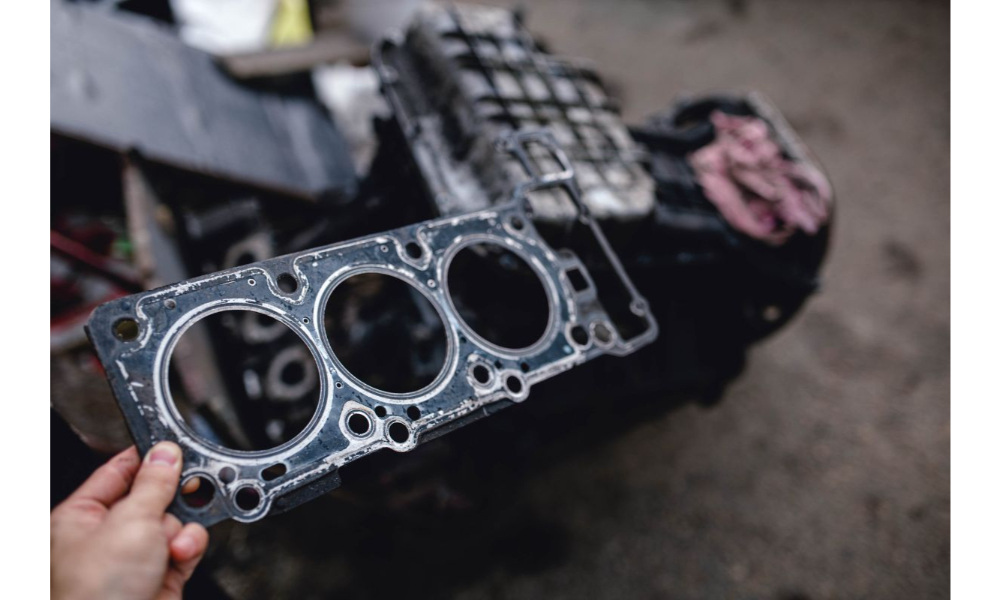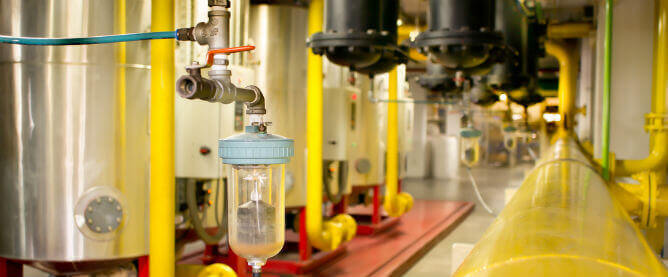CX Gaskets: 5 Common Problems and How to Fix Them

CX Gaskets: 5 Common Problems and How to Fix Them
When it comes to keeping oil and gas operations safe and efficient, CX gaskets are absolute workhorses. These unassuming little components play a significant role in industrial sealing, standing strong against punishing pressures, searing heat, and nasty chemicals. However, they’re not invincible. Problems crop up. And when they do, they can cost you time, money, and peace of mind.
Let’s dive into the five biggest issues with a CX gasket in oil and gas applications. More importantly, let’s talk about how you can stay ahead of them.
1. Installation Blunders
Ever felt like you did everything right, only to find out something’s off? That’s what improper gasket installation feels like. A bolt here is over-tightened. Another one’s a little loose. Or maybe the gasket itself wasn’t aligned perfectly. The result? Leaks, inefficiencies, and a gnawing sense that something’s about to go wrong.
But you can fix this. Follow manufacturer guidelines to the letter. Use the right tools—calibrated torque wrenches are your best friend. And don’t rush. Take the time to train your crew, double-check the alignment, and tighten bolts evenly. It’s not flashy, but it works.
2. Material Mismatches
You wouldn’t wear sandals on a construction site, right? The same logic applies to your gaskets. If the material can’t handle the chemicals, temperatures, or pressures it’s up against, it’ll fail. Maybe not right away, but it’s only a matter of time.
Look at what your gasket’s facing—hot hydrocarbons? Acidic compounds? Crazy temperature swings? Match the material to the challenge. Think PTFE, graphite, or metal-reinforced options for the heavy hitters. Reliable subsea gasket materials, for instance, are critical for environments where corrosion resistance is non-negotiable. And if you’re unsure, call an expert. A quick consultation now can save you a mountain of trouble later.
3. Thermal Cycling
Oil and gas systems aren’t exactly temperature-stable. One minute, they’re transporting hot crude oil; the next, they’re cooling off during downtime. This constant heating and cooling—thermal cycling—can cause gaskets to expand, contract, and eventually wear out. It’s like bending a paperclip back and forth. Sooner or later, it snaps.
The fix? Pick gaskets built to handle the heat. High-performance gasket technology, such as spiral-wound designs or materials with thermal resistance, works wonders in these situations. And don’t skimp on inspections. Spot the damage early, and you’ll save yourself a lot of stress—and money.
4. Compression Set
Gaskets should spring back into shape after being compressed. When they don’t, that’s compression set. And it’s bad news because it means your gasket can’t maintain a proper seal anymore. The usual culprits? Over-tightening, prolonged high temperatures, or low-quality materials.
You can avoid this trap. Start with high-quality gaskets that have some serious elasticity. Use the right torque settings during installation. Custom-engineered gasket designs can also help address specific system requirements, ensuring that your sealing solution can stand up to unique operational challenges. And keep an eye on those connections. A little care here goes a long way toward preventing leaks and breakdowns.
5. The Slow Burn of Ageing and Wear
Nothing lasts forever—especially not gaskets in harsh oil and gas environments. Over time, they get battered by vibrations, chemicals, and intense heat. They harden, crack, or just wear out. It’s easy to overlook because the process is slow, but when a CX gasket fails, it’s anything but subtle.
The solution is simple but powerful: maintenance. Regular inspections can catch wear and tear before it turns into a full-blown problem. Advanced sealing for offshore applications can also extend operational longevity, particularly in systems exposed to extreme conditions. Replace gaskets before they’re completely shot. And when you do, choose materials built for durability. It’s one less thing to worry about.
Other Mistakes That Could Cost You
Storage Slip-Ups
You wouldn’t store fresh fruit in the sun, so why would you leave gaskets in harsh conditions? UV light, moisture, and extreme temperatures can break them down before they even make it into your system. Mishandling can bend, tear, or deform them too.
Keep them dry, clean, and protected. Proprietary subsea sealing solutions, for instance, often include guidance on how to properly store components to prevent pre-installation damage.
Neglected Maintenance
Skipping maintenance might seem harmless, but it’s not. Gaskets are small, easy to forget, and even easier to ignore—until they fail. And then it’s a fire drill: leaks, downtime, and a scramble to fix things.
Don’t let it get to that point. Make gasket checks part of your routine. Add them to your maintenance schedule and stick to it. Predictive tools, like ultrasonic testing, can even catch problems before they’re visible. Stay ahead of the game.
Environmental Beatdowns
Offshore rigs, desert operations, freezing pipelines—they’re all tough on gaskets. Saltwater, humidity, dust, and extreme temperatures accelerate wear. It’s not your fault, but it is your problem.
Combat this by choosing materials that thrive in these conditions. Corrosion-resistant gaskets, protective coatings, and regular cleaning can make a world of difference. And don’t forget to inspect often. It’s your best defence against the elements.
Flange Design Flaws
Uneven flanges, damaged surfaces, or improper designs are gasket killers. They create gaps, stress points, and alignment issues that no gasket can overcome.
Inspect flanges carefully. Smooth out irregularities and repair damage before installation. And make sure the design works for your gasket and operating conditions. This isn’t just about fixing problems—it’s about preventing them in the first place.
Reliable Sealing Solutions with Star 21 International
CX gaskets are essential to oil and gas operations, but they need proper care to perform reliably. Installation errors, material mismatches, and wear can lead to failures—but the right solutions can prevent them.
At Star 21 International, we have been manufacturing and supplying high-quality gaskets since 2000. As Singapore’s leading gasket supplier, we provide ring joint gaskets and other sealing solutions for refineries, petrochemical plants, shipbuilding, and more. Our gaskets meet strict requirements for size, pressure, temperature, and material, ensuring durability and performance.
For reliable gaskets that keep your operations running smoothly, choose Star 21 International. Contact us today to find the right sealing solution for your needs.







